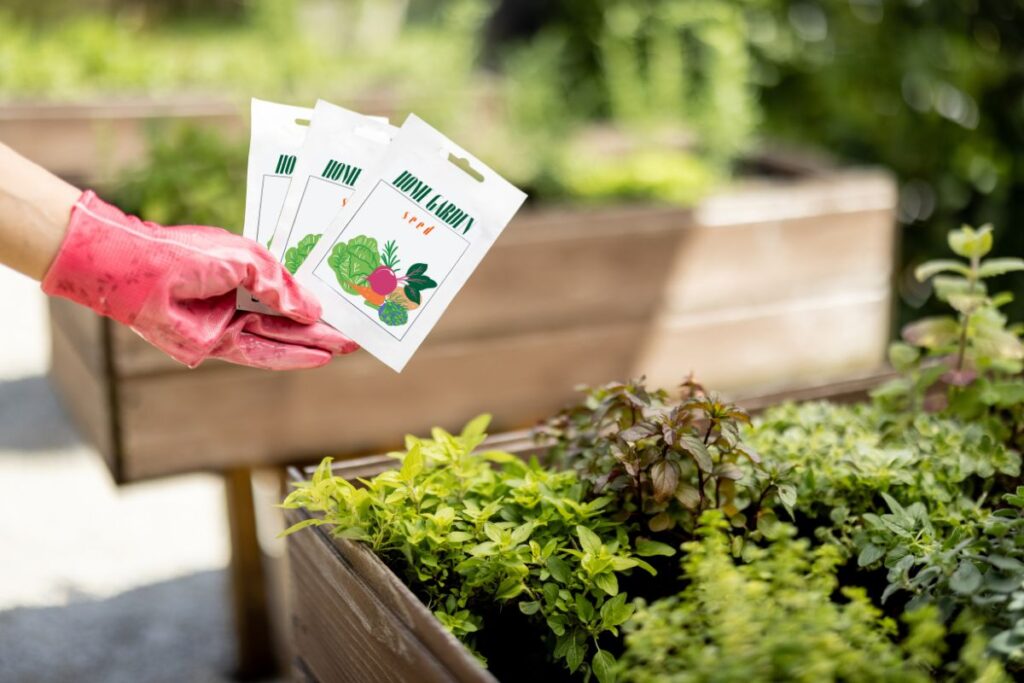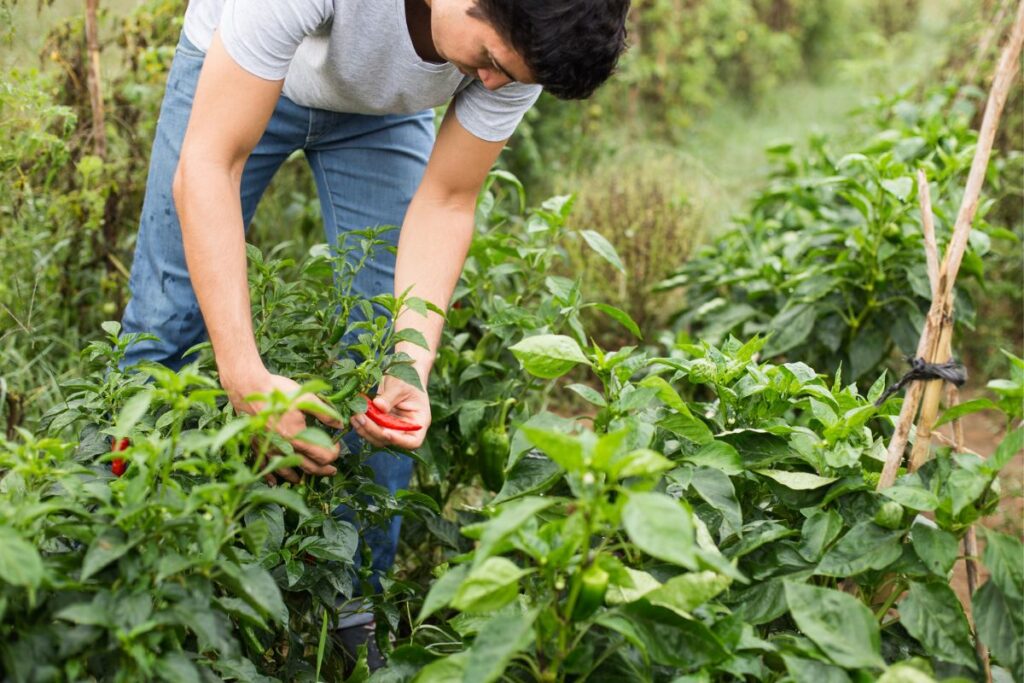Ever dreamed of a perfect vegetable garden?
You can have one right in your backyard!
Discover essential tips to create a lush and productive garden space.
Ready to start growing?
Let’s dive in!
Select the Perfect Spot

Choosing the right location for your vegetable garden is crucial. Ensure the area receives at least 6-8 hours of direct sunlight daily. Proper drainage is also important to avoid waterlogging, which can cause root rot. Make sure the soil drains well to keep your plants healthy.
Cultivate Healthy Soil
Start by conducting a soil test to check its pH and nutrient levels. To enrich the soil and enhance its structure, you should add organic matter like compost or well-rotted manure. This helps create a fertile foundation for your vegetable garden.
Design Your Garden Layout
Strategically use your space to get the most out of your garden. Consider companion planting to naturally keep pests away and stimulate growth. Group plants by their water and sunlight needs. Raised beds or containers are helpful for managing soil quality and proper drainage.
Pick the Right Vegetables

Research which vegetables thrive in your region’s climate and soil.
List your favorite varieties to grow.
Mix easy-to-grow and challenging crops for balanced gardening experience.
Schedule Planting Properly
Plant timing is crucial for thriving crops. Understand your area’s frost dates and plan planting accordingly. Certain vegetables thrive when started indoors then transplanted, while others should be sown directly in the garden. Adhere to recommended planting schedules and spacing guidelines for each type.
Water Efficiently
Consistent moisture is essential for vegetable growth. Water deeply in the morning to promote healthy roots and allow plants to dry before evening, reducing the risk of fungal diseases. Use mulch to maintain soil moisture and minimize the frequency of watering.
Control Weeds and Pests

Weeds compete with your vegetables for nutrients and space. Regular weeding is crucial to ensure your crops thrive. Natural pest control methods like companion planting, introducing beneficial insects, and using organic pesticides sparingly help protect your garden.
Install Supports and Prune
Some vegetables, like tomatoes and cucumbers, thrive with support structures such as stakes or trellises. Pruning excess foliage enhances air circulation, which helps reduce disease risk.
Fertilize Appropriately
Avoid using too much fertilizer; it can damage your plants. Always base your fertilizer application rates on soil test results. Organic fertilizers such as compost and aged manure are great for maintaining a sustainable garden.
Practice Crop Rotation
Switch the type of crops planted each season to maintain soil health and lower the likelihood of diseases in the soil. Ensure you do not plant vegetables from the same family in the same location repeatedly.
Monitor Regularly

Regularly inspecting your garden for pests, diseases, or signs of nutrient deficiencies is essential. Early detection and swift action can safeguard your plants and ensure a successful harvest.
Continue Learning and Adapting
Gardening involves constant learning and adapting. Stay engaged by exploring books, workshops, or local gardening clubs. Trying out new techniques and plant varieties can enhance your vegetable gardening experience.
- Books
- Workshops
- Gardening Clubs

